hi there—this is the thing about Tesla. right now the market cap sits at roughly $924 billion, flirting with the trillion-dollar mark. its share price hovers near $295, just shy of $300. before you decide whether to buy in, let’s break down what Tesla actually holds on its books, how it has performed, and what it can deliver in the years ahead.
Balance Sheet Snapshot
first, let’s start with Tesla’s balance sheet. as of the latest report:
- cash on hand: $46.9 billion
- debt obligations: $7.5 billion
- net cash position: $29.4 billion
against a $924 billion market cap, that net cash is almost negligible—just about 3% of total value. this isn’t a cash-rich play like some legacy automakers. instead, the real value lies in the products and services Tesla delivers and the growth runway ahead.
Revenue Growth Trends
revenue tells the story of scale. here’s how Tesla has grown top-line sales:
| Year |
Revenue (USD) |
Growth Rate |
| 2022 |
$81 billion |
— |
| 2023 |
$96.7 billion |
+18% |
| 2024 |
$97.6 billion |
+1% |
| 2025* |
$118 billion† |
+11% |
†2025 figure reflects analyst expectations.
the jump from 2022 to 2023 was impressive, but growth stalled in 2024. the market is banking on an 11% rebound next year—if that plays out, Tesla will cross the $100 billion revenue threshold for the first time.
Profitability and Margin Analysis
revenue is one side of the coin; profit margins are the other. here’s Tesla’s net income performance:
| Year |
Net Income (USD) |
YoY Change |
| 2022 |
$12.5 billion |
— |
| 2023 |
$15 billion |
+19% |
| 2024 |
$7.2 billion |
–52% |
| 2025* |
$7.7 billion |
+7% |
a 19% profit surge in 2023 gave investors confidence, but 2024’s 52% drop rattled the bulls. analysts forecast a modest 7% recovery next year, pushing net income back toward $8 billion. those swings underscore Tesla’s exposure to input costs, pricing pressures, and mix shifts between its automotive, energy, and services segments.
Delivery Numbers and Market Share
at the end of the day, Tesla is a carmaker—and deliveries reveal its real-world performance:
| Year |
Deliveries (million) |
YoY Change |
| 2022 |
1.30 |
— |
| 2023 |
1.80 |
+46% |
| 2024 |
1.78 |
–1% |
| 2025* |
2.00 |
+15% |
after a blistering 46% ramp in 2023, delivery growth eased in 2024. bulls expect another solid 15% gain in 2025, pushing total units to roughly 2 million. more cars on the road mean more after-sales services, software subscriptions, and charging revenue.
Justifying a Trillion-Dollar Valuation
to defend its near-$1 trillion valuation, Tesla must eventually generate roughly $40 billion in annual net income or free cash flow. can it? arguably, yes—if you value Tesla not just as an automaker, but as a hybrid hardware-software platform.
Hardware + Software: The FSD Edge
beyond electric vehicles and energy storage, Tesla is one of the few companies blending physical products with mission-critical software. its marquee offering, FSD (full self-driving), is positioned to unlock recurring, high-margin revenue:
- Robo-Taxi Fleet: once regulators green-light autonomous ride-hailing, Tesla could deploy tens of thousands of robo-taxis, monetizing self-driving per mile rather than per vehicle sale.
- Subscription Model: owners can pay a monthly fee for FSD features, smoothing out revenue and boosting lifetime value.
- Global Rollout: Tesla launched robo-taxi in the U.S. in June, introduced FSD paid access in China, and plans a European launch later this year. soon, FSD availability will be worldwide.
Beyond Cars: Optimus and AI Services
don’t forget Tesla’s next hardware-software crossover: Optimus, its humanoid robot project. if Tesla succeeds in scaling Optimus, the addressable market could eclipse automotive revenues. early estimates hint at over $100 billion in potential sales—though that hinges entirely on execution.
meanwhile, Tesla’s investment in the Dojo supercomputer and private data centers lays the groundwork for cloud-based AI services. imagine Tesla competing with AWS or Azure on specialized machine-learning tasks or simulation workloads. those lines of business could propel free cash flow well past that $40 billion breakeven mark.
Time Is the Only Real Risk
the biggest risk isn’t competition, macro headwinds, or even supply chain—it’s time. FSD and Optimus are ambitious bets requiring regulatory approvals, software refinement, and massive capital investment. if those projects slip by one, two, or three years, Tesla’s valuation could wobble.
that said, over a longer horizon—say, three to five years—the odds tilt in Tesla’s favor. mainstream EV adoption will grow, renewable energy needs will escalate, and autonomous solutions will move from concept to reality. if you believe Tesla can clear the $30 billion net-income threshold within that window, its stock looks attractively priced today.
Is Tesla Undervalued or Overpriced?
at the end of the day, your verdict on Tesla boils down to one question: can they deliver over $30 billion in free cash flow, and ultimately push past $40 billion?
- if you say “yes,” Tesla is undervalued at current levels.
- if you say “no,” and doubt those futuristic revenue streams, Tesla may already be overpriced.
either way, this is a classic high-risk, high-reward scenario. you’re not just buying electric cars—you’re buying into a broader vision of sustainable energy, autonomy, robotics, and AI infrastructure.
Where to Go Next
if you’re ready to see exactly what I own and how I’m positioned for Tesla’s next chapters, feel free to join my premium membership. head over to my profile and click Join to unlock my real-time portfolio, trade rationales, and exclusive research.
that’s it for this deep dive on Tesla’s valuation. if any questions popped up or you want to debate the odds of FSD success, drop a comment below—I love hearing different perspectives. happy investing!
https://youtu.be/JB06rE4DBGE?si=4Fzvl2g1KgjGrQtz
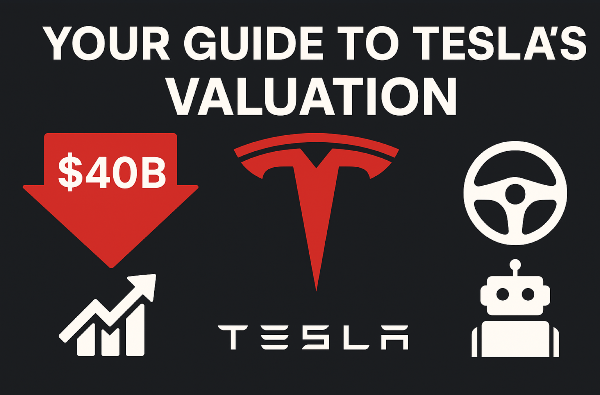

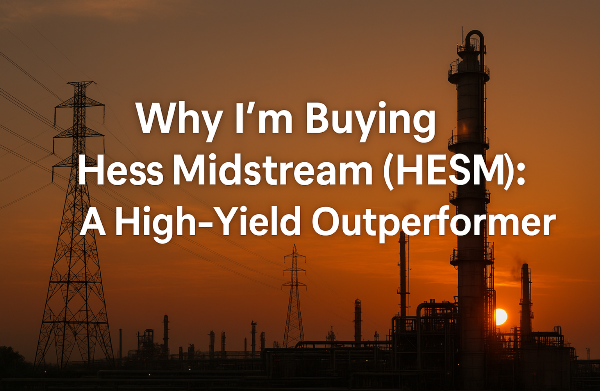
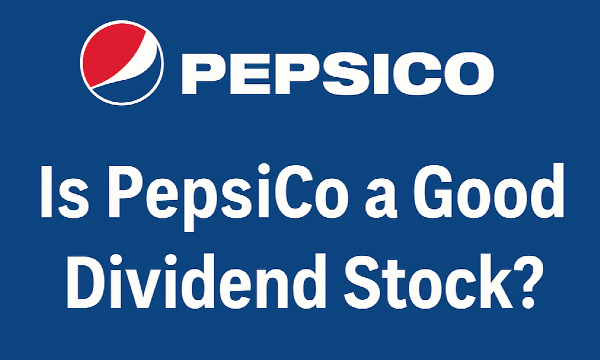
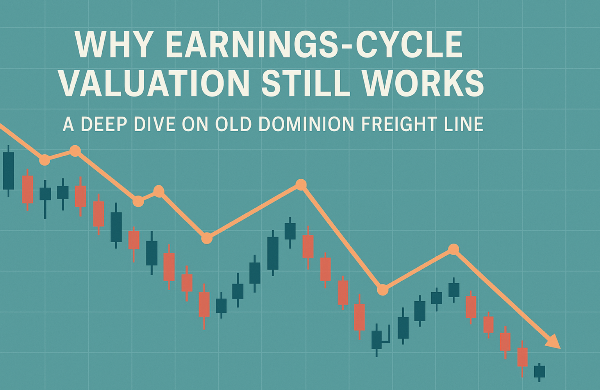
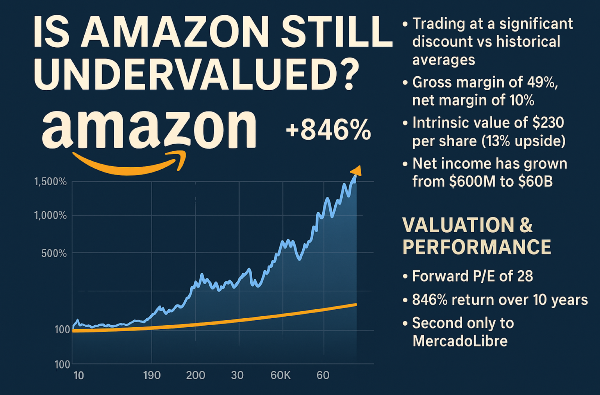
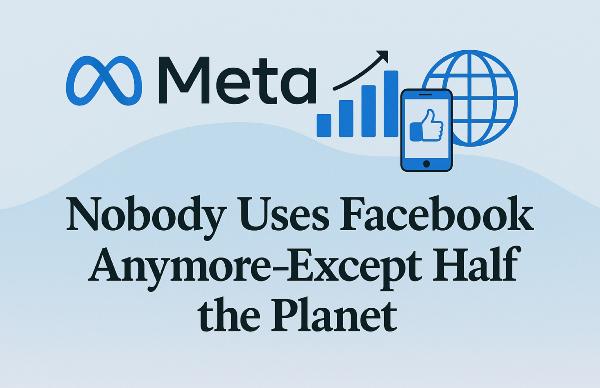
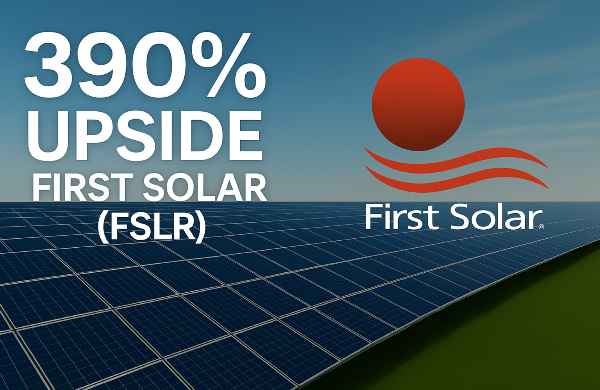

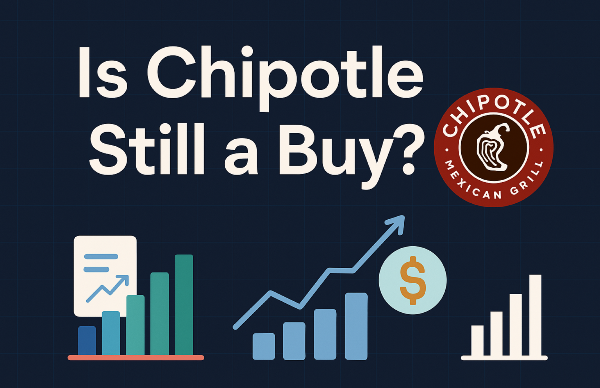
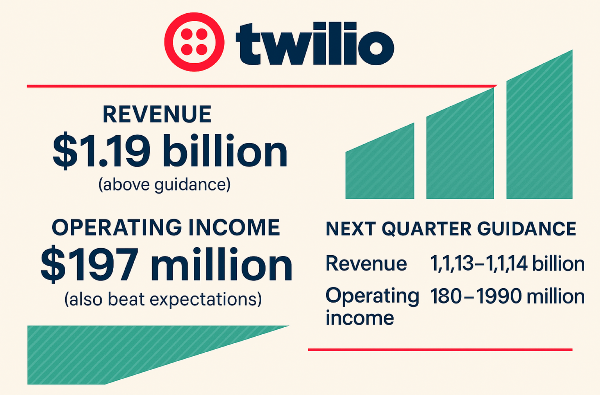
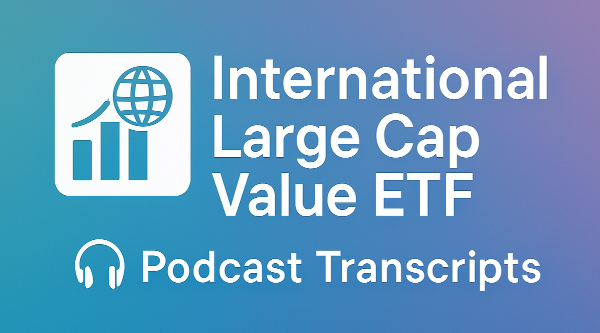
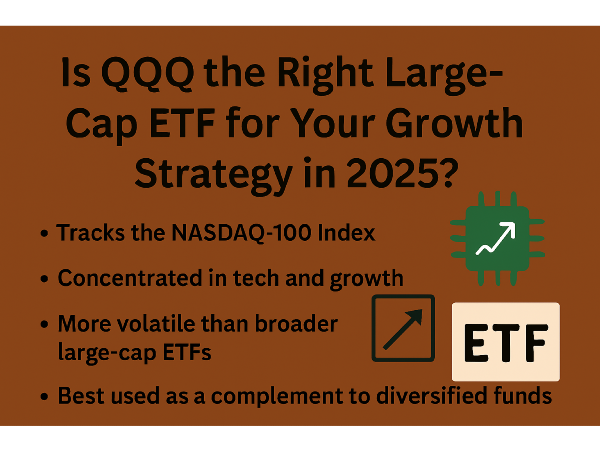
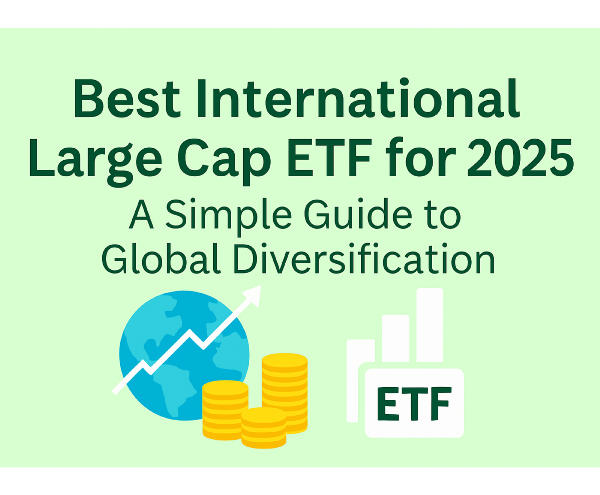
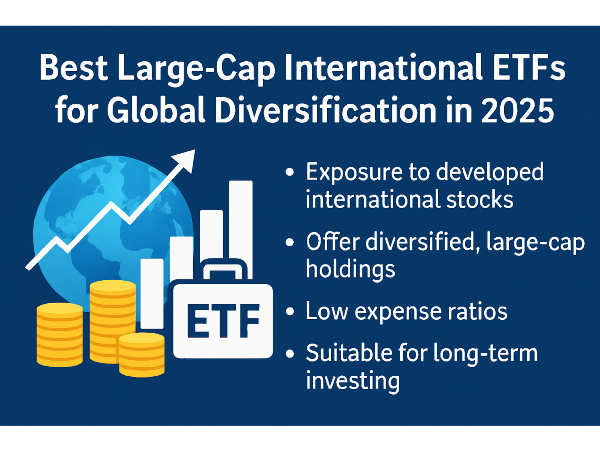
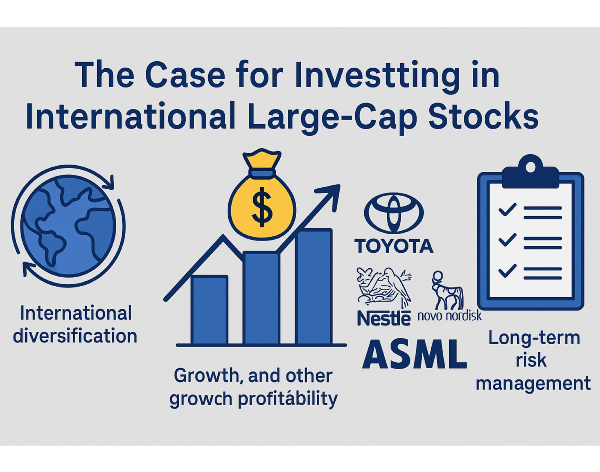
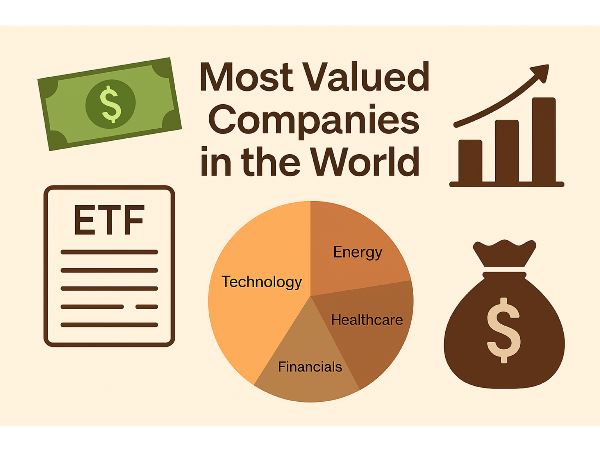
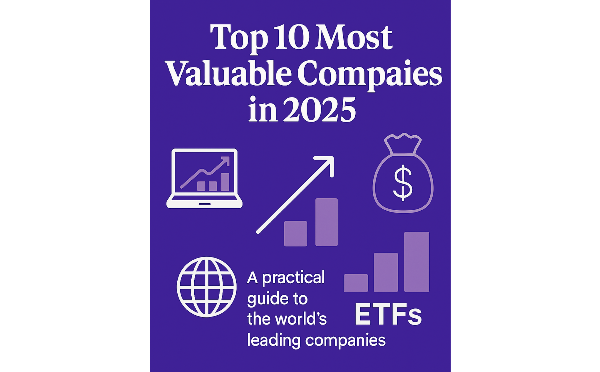
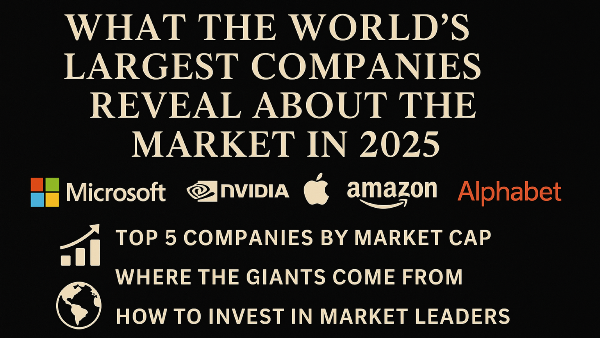
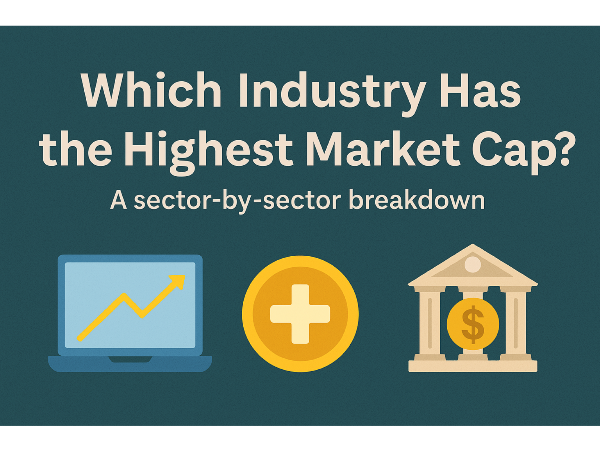
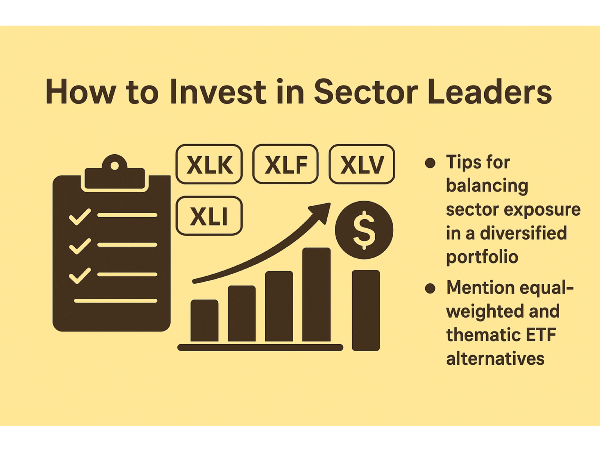
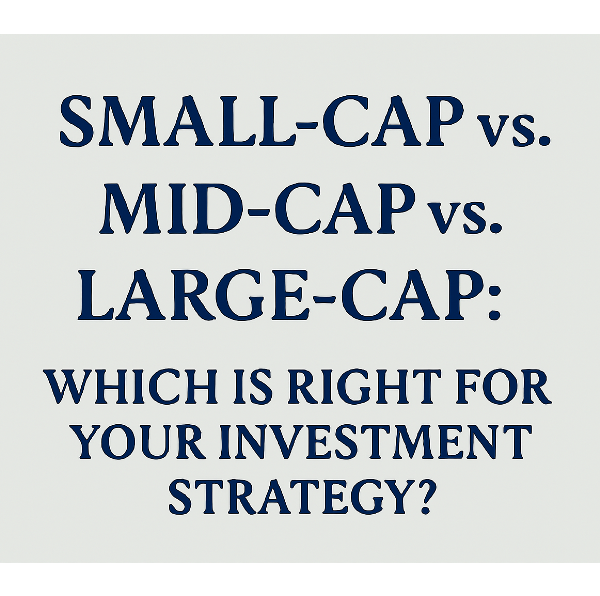



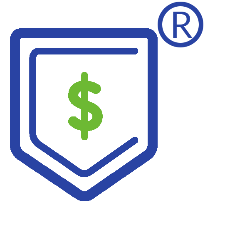




hi there—this is the thing about Tesla. right now the market cap sits at roughly $924 billion, flirting with the trillion-dollar mark. its share price hovers near $295, just shy of $300. before you decide whether to buy in, let’s break down what Tesla actually holds on its books, how it has performed, and what it can deliver in the years ahead.
Balance Sheet Snapshot
first, let’s start with Tesla’s balance sheet. as of the latest report:
against a $924 billion market cap, that net cash is almost negligible—just about 3% of total value. this isn’t a cash-rich play like some legacy automakers. instead, the real value lies in the products and services Tesla delivers and the growth runway ahead.
Revenue Growth Trends
revenue tells the story of scale. here’s how Tesla has grown top-line sales:
†2025 figure reflects analyst expectations.
the jump from 2022 to 2023 was impressive, but growth stalled in 2024. the market is banking on an 11% rebound next year—if that plays out, Tesla will cross the $100 billion revenue threshold for the first time.
Profitability and Margin Analysis
revenue is one side of the coin; profit margins are the other. here’s Tesla’s net income performance:
a 19% profit surge in 2023 gave investors confidence, but 2024’s 52% drop rattled the bulls. analysts forecast a modest 7% recovery next year, pushing net income back toward $8 billion. those swings underscore Tesla’s exposure to input costs, pricing pressures, and mix shifts between its automotive, energy, and services segments.
Delivery Numbers and Market Share
at the end of the day, Tesla is a carmaker—and deliveries reveal its real-world performance:
after a blistering 46% ramp in 2023, delivery growth eased in 2024. bulls expect another solid 15% gain in 2025, pushing total units to roughly 2 million. more cars on the road mean more after-sales services, software subscriptions, and charging revenue.
Justifying a Trillion-Dollar Valuation
to defend its near-$1 trillion valuation, Tesla must eventually generate roughly $40 billion in annual net income or free cash flow. can it? arguably, yes—if you value Tesla not just as an automaker, but as a hybrid hardware-software platform.
Hardware + Software: The FSD Edge
beyond electric vehicles and energy storage, Tesla is one of the few companies blending physical products with mission-critical software. its marquee offering, FSD (full self-driving), is positioned to unlock recurring, high-margin revenue:
Beyond Cars: Optimus and AI Services
don’t forget Tesla’s next hardware-software crossover: Optimus, its humanoid robot project. if Tesla succeeds in scaling Optimus, the addressable market could eclipse automotive revenues. early estimates hint at over $100 billion in potential sales—though that hinges entirely on execution.
meanwhile, Tesla’s investment in the Dojo supercomputer and private data centers lays the groundwork for cloud-based AI services. imagine Tesla competing with AWS or Azure on specialized machine-learning tasks or simulation workloads. those lines of business could propel free cash flow well past that $40 billion breakeven mark.
Time Is the Only Real Risk
the biggest risk isn’t competition, macro headwinds, or even supply chain—it’s time. FSD and Optimus are ambitious bets requiring regulatory approvals, software refinement, and massive capital investment. if those projects slip by one, two, or three years, Tesla’s valuation could wobble.
that said, over a longer horizon—say, three to five years—the odds tilt in Tesla’s favor. mainstream EV adoption will grow, renewable energy needs will escalate, and autonomous solutions will move from concept to reality. if you believe Tesla can clear the $30 billion net-income threshold within that window, its stock looks attractively priced today.
Is Tesla Undervalued or Overpriced?
at the end of the day, your verdict on Tesla boils down to one question: can they deliver over $30 billion in free cash flow, and ultimately push past $40 billion?
either way, this is a classic high-risk, high-reward scenario. you’re not just buying electric cars—you’re buying into a broader vision of sustainable energy, autonomy, robotics, and AI infrastructure.
Where to Go Next
if you’re ready to see exactly what I own and how I’m positioned for Tesla’s next chapters, feel free to join my premium membership. head over to my profile and click Join to unlock my real-time portfolio, trade rationales, and exclusive research.
that’s it for this deep dive on Tesla’s valuation. if any questions popped up or you want to debate the odds of FSD success, drop a comment below—I love hearing different perspectives. happy investing!
https://youtu.be/JB06rE4DBGE?si=4Fzvl2g1KgjGrQtz